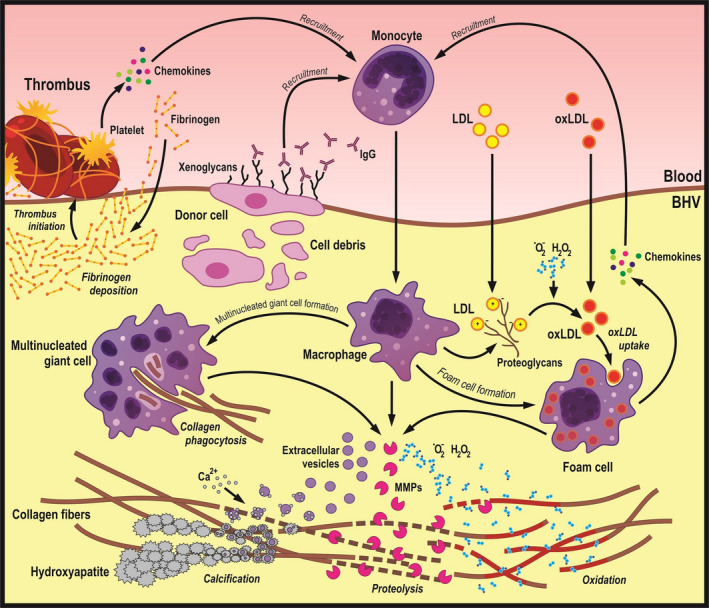Figure 4. The molecular basis of chronic inflammation in relation to structural valve degeneration.

Xenogeneic glycans and thrombi adhered to bioprosthetic heart valves (BHVs) recruit monocytes, which can penetrate the tissue with the subsequent differentiation into macrophages and multinucleated giant cells. Immune cells internalize disintegrated fragments of collagen fibers and release reactive oxygen species, proteolytic enzymes, and calcium‐binding extracellular vesicles, altogether promoting degradation and calcification of the extracellular matrix. In addition, immune cells produce proteoglycans, which bind low‐density lipoprotein (LDL) from the plasma. Macrophages engulfing LDL are then transformed into the foam cells reminiscent of the pathophysiological scenarios observed in atherosclerotic plaques and calcific aortic valve disease. MMP indicates matrix metalloproteinase; and oxLDL, oxidized LDL.
